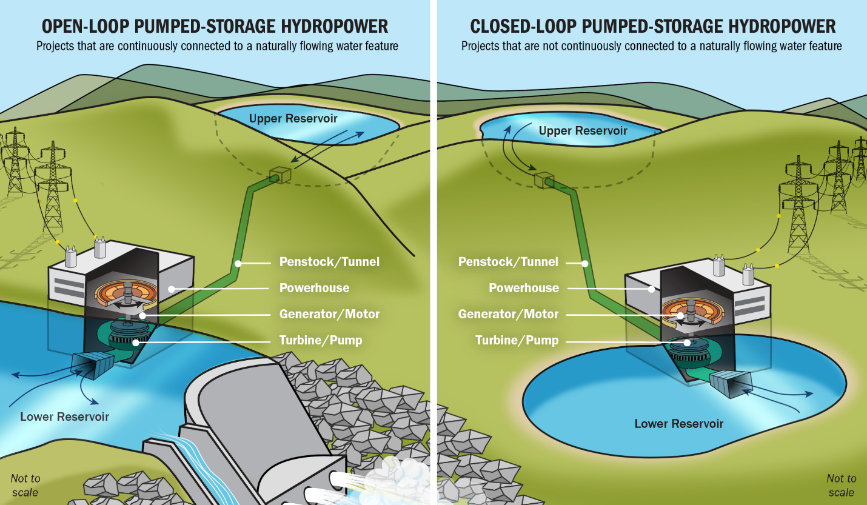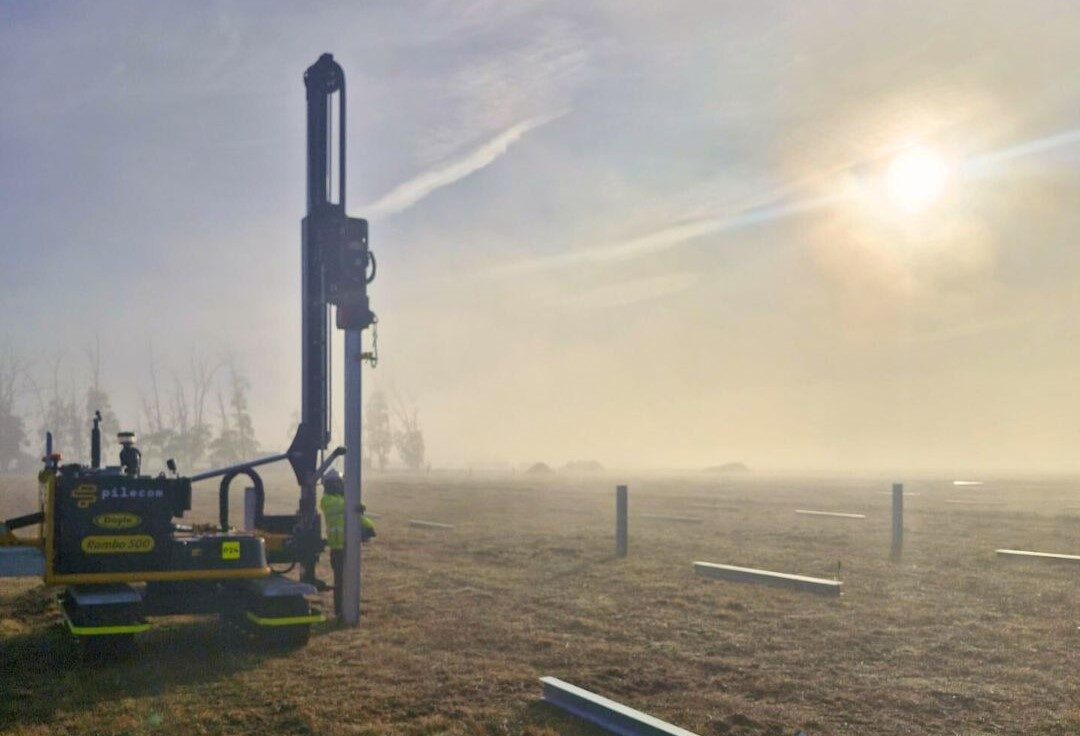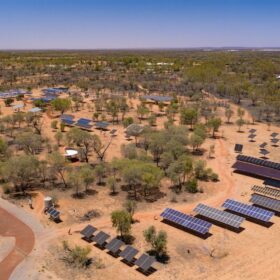From pv magazine Global
Closed-loop pumped hydro storage projects are seeing growing interest compared to open-loop systems, as they provide more environmental benefits and find more acceptance among residents, administrations, and governments.
This is one of the main conclusions of the paper “Drivers and barriers to the deployment of pumped hydro energy storage applications: Systematic literature review,” published by researchers of Australia’s Griffith University in Cleaner Engineering and Technology.
In the study, the scientists explained that compared to open-loop pumped hydro facilities, closed-loop projects offer more environmental benefits and overcome the problem of finding suitable sites. The latter, in fact, are located away from rivers and do not involve connection to a natural water source to create a lower reservoir. The former, by contrast, has an ongoing hydrologic connection to a natural body of water like a river or a lake.
“This study also discovered that there was a growing interest in the closed-loop system due to greater certainty in gaining an operating license, since closed systems don’t interfere with water supply security and typically have a lower environmental impact,” the researchers stated. On the other hand, the paper identifies landscape topology and land acquisition among the main techno-environmental barriers that prevent pumped hydro to gain more market shares.
“Land acquisition challenges, such as land use, vegetation clearing and land ownership, are environmental complications of pumped hydro development,” the paper noted. “There must be no interference in protected lands or forests, river systems, urban or rural settlements or intensive agriculture, national parks, or areas of historical or cultural value.” Violating these principles may complicate significantly the development of a project, according to the Australian group.
According to another study published last year by scientists from the U.S. Department of Energy’s Pacific Northwest National Laboratory (PNNL), the number of preliminary permits and licensing applications for closed-loop systems has considerably increased in recent years.
The U.S. team analysed, in particular, the U.S. Energy Regulatory Commission’s licensing record to assess the potential environmental effects of six closed-loop projects and compare these data with those four existing open-loop systems. Their analysis showed that closed-loop systems offer more opportunities to minimise environmental effects to aquatic and terrestrial habitats. “The aquatic resources evaluated included surface water quality and quantity, groundwater quality and quantity, and aquatic ecology,” the group specified. “Terrestrial resources included geology and soils, terrestrial ecology, land use, recreation, visual resources, and cultural resources.”
“For the most part, our study confirmed the conventional wisdom that closed-loop pumped hydro projects generally have fewer and less widespread environmental impacts than open-loop projects because they’re located offstream and have greater siting flexibility,” said PNNL researcher Bo Saulsbury.
The academics, however, warned that some closed-loop systems may utilise groundwater to fill and replenish their reservoirs, which is not without environmental effects on geology, soils, and groundwater quantity. Closed-loop projects using groundwater as the source for initial filling of their reservoirs and replacing evaporative and seepage losses may impact groundwater quality due to the effects on groundwater circulation patterns and chemistry,” the paper notes. “Impacts to groundwater quantity resulting from the large quantities of water necessary for reservoir fill and refill could reduce the availability of groundwater for other uses.
Another group of researchers from Australia recently identified 616,818 locations throughout the world that could be suitable sites for 23.1 million GWh of closed-loop pumped-hydro storage capacity. The academics stated that “off-river” pumped-hydro projects are able to overcome the typical topographical issues of conventional pumped-hydro, as the size of reservoirs is relatively small, ranging from tens to hundreds of hectares. This limited size also reduces the need to manage large flood events and ensures considerably lower construction costs.
This content is protected by copyright and may not be reused. If you want to cooperate with us and would like to reuse some of our content, please contact: editors@pv-magazine.com.









1 comment
By submitting this form you agree to pv magazine using your data for the purposes of publishing your comment.
Your personal data will only be disclosed or otherwise transmitted to third parties for the purposes of spam filtering or if this is necessary for technical maintenance of the website. Any other transfer to third parties will not take place unless this is justified on the basis of applicable data protection regulations or if pv magazine is legally obliged to do so.
You may revoke this consent at any time with effect for the future, in which case your personal data will be deleted immediately. Otherwise, your data will be deleted if pv magazine has processed your request or the purpose of data storage is fulfilled.
Further information on data privacy can be found in our Data Protection Policy.